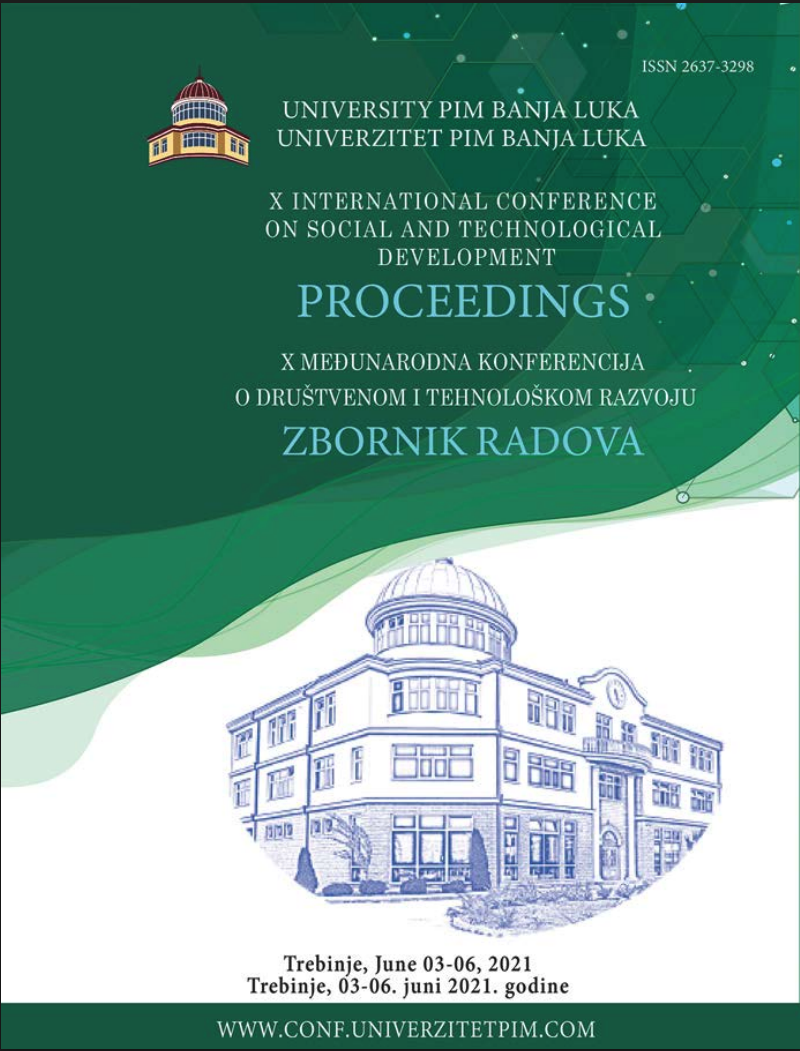
This is an open access article distributed under the Creative Commons Attribution License which permits unrestricted use, distribution, and reproduction in any medium, provided the original work is properly cited.
Faculty of Technology, University of Banja Luka , Banja Luka , Bosnia and Herzegovina
Faculty of Technology, University of Banja Luka , Banja Luka , Bosnia and Herzegovina
MI ''DIM-DIM'' d.o.o. , Laktaši , Bosnia and Herzegovina
Faculty of Technology, University of Banja Luka , Banja Luka , Bosnia and Herzegovina
Milk fat is a very important ingredient in milk and plays a significant role in cheese production. The aim of this study was to examine the effect of fat content in milk on the quality characteristics of produced fresh cheese. For the purposes of this work, three cheese samples from milk with different fat content (1.5%, 2.8% and 3.2%) were produced. To define the quality of produced cheeses, the following analyzes were performed: determination of moisture, ash, protein, fat, chloride content, determination of acidity, pH measurement, water activity measurement, instrumental color measurement, instrumental texture measurement and sensory analysis. Based on the obtained results, it was determined that the fat content in milk had a statistically significant (p<0.05) effect on the physico-chemical and sensory properties of fresh cheese. Increasing the fat content in milk leads to an increase in the dry matter and fat content, as well as a decrease in the total water and protein content in the cheese. Instrumental measurements of color and texture showed that the increase in fat content in milk causes an increase in lightness (L* value) and an increase in the value for hardness of the analyzed cheeses. It can be concluded that the higher content of milk fat has a positive effect on the quality of fresh cheese, especially on the sensory properties. Sensory analysis showed that sample 3, which was produced from milk with the highest fat content, was the most acceptable and had the highest scores for the observed sensory properties.
The statements, opinions and data contained in the journal are solely those of the individual authors and contributors and not of the publisher and the editor(s). We stay neutral with regard to jurisdictional claims in published maps and institutional affiliations.